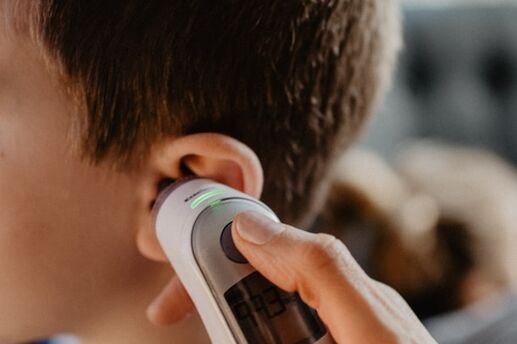Snooze Soundly -- Even When You're Sick
Sore throat. Stuffy nose. Wheezing cough. When you're sick with a cold or flu, all you want to do is crawl into bed and sleep for a week or two. But your pesky symptoms make it impossible to rest easy. When bedtime finally rolls around, you actually feel worse than you did during the day.
When you have a cold or allergies, congestion worsens at night. "When you lie down, the airways are more likely to become clogged with mucus,” says Dr. Neil Schachter, medical director of the respiratory care department of the Mount Sinai Medical Center in New York City, and author of The Good Doctor's Guide to Cold and Flu.
Here's how to stop tossing and turning, and get a restorative night's sleep.
1. Have a tea party.
Before you go to bed, sip a mug of decaffeinated black tea. The antioxidant-rich beverage contains theobromine, which is a natural cough suppressant, and the heat thins mucus. Add lemon to help cut through congestion and honey to soothe the throat.
2. Rinse away congestion.
Wash away gunk that's interfering with your breathing by doing regular nasal rinses. Nasal rinse kits can be found at most drugstores and are easy and painless to use. Essentially, you are rinsing your nasal cavity with a mixture of distilled water and sodium. This helps to clear passages and keep them moist. If you're uncomfortable with a nose rinse, try a saline nasal spray instead. This also helps to flush out the nose, which makes breathing easier, says Schachter.
3. Pamper a sore throat.
"The throat feels sore during an infection because the mucus that is lining the throat is filled with inflammatory compounds," says Schachter. Add half a teaspoon table salt to warm water, gargle for 10 seconds and spit out. Removing the virus-laden mucus relieves both sore throat and coughing.
4. Darken your bedroom.
It's important to create a healthy environment that promotes quality sleep. Since incoming light tells the brain to wake up, try to block morning light from reaching your eyes. You can accomplish this by hanging dark curtains or by wearing a comfortable sleep mask that covers your eyes. Also, if you have a brightly illuminated alarm clock, make sure it's not facing you during the night.
5. Keep it cool.
In your bedroom, set the thermostat low. When your body temperature drops, your brain goes into sleep mode. The National Sleep Foundation recommends between 54 F and 75 F.
6. Take a hot shower.
Before bed, muster the strength to take a hot shower. When you get out, the drop in body temperature helps prepare your brain for sleep. Bonus: Steam loosens congestion and hydrates your nasal and throat passages.
7. Slip on socks.
Put on a pair of cozy socks before you get into bed. According to a Swiss study, warming your feet helps your body relax and puts you in the snooze zone.
8. Silence symptoms.
Some common symptoms, such as a cough and congestion, can make restful sleep a real challenge when you're sick. Over-the-counter medications can help alleviate these uncomfortable obstacles to a good night's sleep.
9. Elevate your head.
When you're congested, sleep with your head elevated. Prop yourself up with a few extra pillows or the plump cushions from your sofa. Sleeping elevated helps ease sinus pressure and makes breathing less difficult.
10. Quiet your mind.
Even when you're exhausted and not feeling well, sometimes you can have a mental block that prevents you from falling asleep. To get into the right frame of mind, try one of these calming pursuits: meditate, jot your thoughts into a journal, listen to soothing music or read your favorite book.
Last but not least, be sure to keep a box of soft facial tissues on your nightstand. That way, you’ll avoid irritating your face during a cold, and relief will be within reach whenever you need it.
Photo by Kinga Cichewicz on Unsplash
Like this article? Get more by following us on Facebook at Beauty & Confidence.






